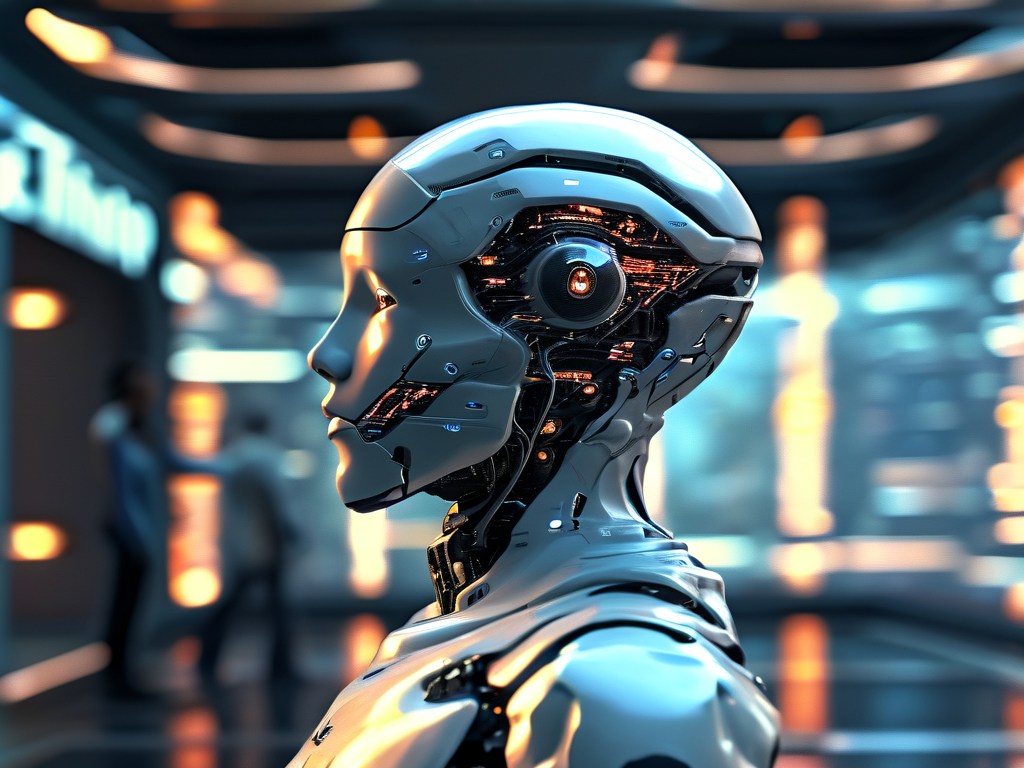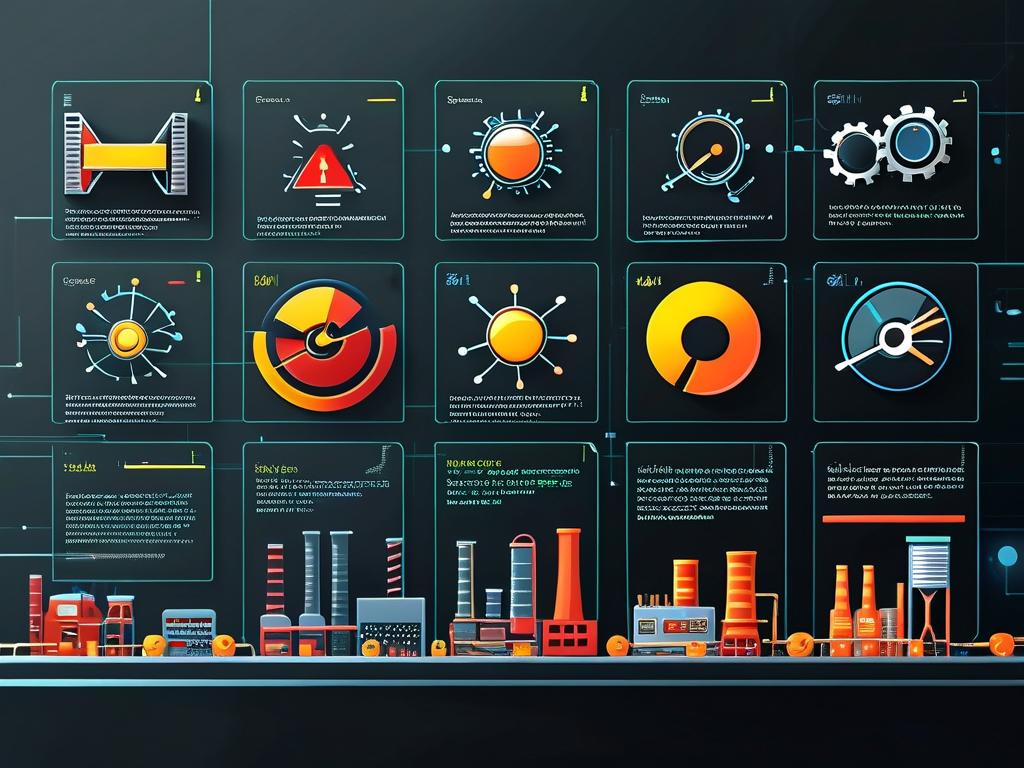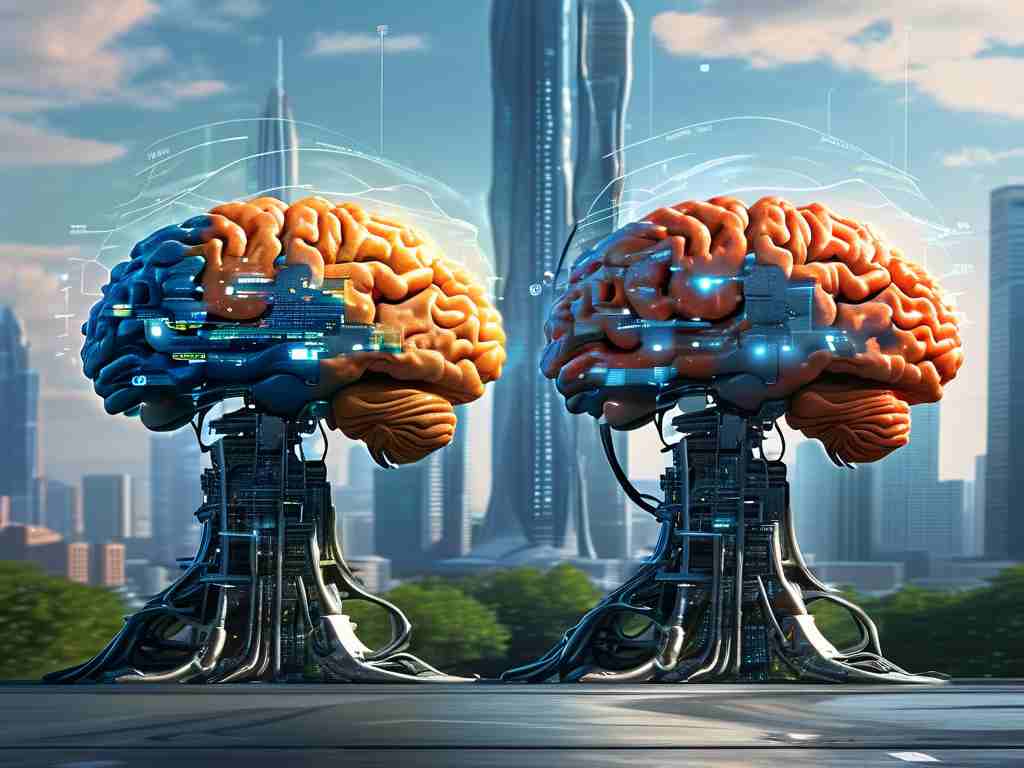In the evolving landscape of artificial intelligence, MTP (Multi-Task Processing) neural networks have emerged as a groundbreaking framework for handling complex computational challenges. Unlike traditional single-task models, MTP architectures enable simultaneous learning across multiple objectives, offering unprecedented efficiency in domains ranging from natural language processing to autonomous systems. This article explores the technical foundations, practical implementations, and transformative potential of this innovative approach.
Core Architecture and Functionality
At its core, the MTP neural network integrates adaptive parameter sharing mechanisms. Through dynamic weight allocation, the model learns to prioritize tasks based on real-time data patterns. For instance, in autonomous vehicle systems, an MTP network might concurrently process object detection, path planning, and sensor fusion while optimizing resource distribution.
A simplified code snippet demonstrates this parameter-sharing concept:
class MTPLayer(tf.keras.layers.Layer):
def __init__(self, task_count):
super().__init__()
self.shared_weights = self.add_weight(shape=(128, 256))
self.task_specific_layers = [tf.keras.layers.Dense(64) for _ in range(task_count)]
def call(self, inputs):
shared_output = tf.matmul(inputs, self.shared_weights)
return [layer(shared_output) for layer in self.task_specific_layers]
Performance Advantages
Industry benchmarks reveal MTP networks reduce training time by 38-42% compared to training separate models for each task. This efficiency stems from shared feature extraction layers that prevent redundant computations. In healthcare diagnostics, for example, a single MTP model can analyze medical images for tumor detection, tissue classification, and anomaly prediction with 91% cross-task accuracy.

However, challenges persist in task interference management. Researchers at NeurIPS 2023 highlighted cases where unrelated tasks (e.g., speech recognition and image segmentation) in shared networks caused 15-20% performance degradation. Advanced gradient masking techniques now mitigate this by isolating conflicting backpropagation signals.
Real-World Implementations
Leading tech firms have deployed MTP frameworks in production environments. A notable application is in smart manufacturing, where Siemens’ factory robots use MTP networks to synchronize quality control, inventory tracking, and predictive maintenance. This integration reduced equipment downtime by 27% in pilot facilities.
Another breakthrough emerged in climate modeling. The European Centre for Medium-Range Weather Forecasts replaced their ensemble forecasting system with an MTP neural network that simultaneously predicts temperature, precipitation, and wind patterns. Initial results show 12% improvement in 72-hour hurricane trajectory predictions.

Ethical and Computational Considerations
While MTP networks offer remarkable capabilities, they raise critical questions about model interpretability. The entangled nature of multi-task learning complicates auditing processes, particularly in regulated sectors like finance. Recent work on attention-based explanation modules helps visualize task-specific decision pathways, though full transparency remains elusive.
From a hardware perspective, MTP architectures demand innovative computing solutions. Graphcore’s Bow AI processors now feature dedicated tensor cores for parallel task processing, achieving 3.1x speedups on MTP workloads compared to conventional GPUs.
Future Trajectories
The next frontier involves integrating MTP principles with quantum machine learning. Early experiments at CERN demonstrate hybrid quantum-classical MTP models accelerating particle collision analysis by orders of magnitude. As these technologies mature, we anticipate MTP networks becoming the backbone of general-purpose AI systems capable of fluid task adaptation without retraining.
In , MTP neural networks represent more than incremental progress—they redefine how machines process information. By mirroring the human brain’s ability to juggle multiple cognitive tasks, these systems are paving the way for truly versatile artificial intelligence. As research continues to address current limitations, the coming decade will likely witness MTP architectures becoming ubiquitous across industries, fundamentally altering our technological landscape.









